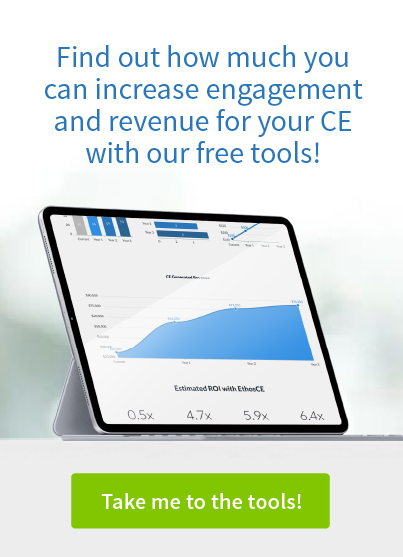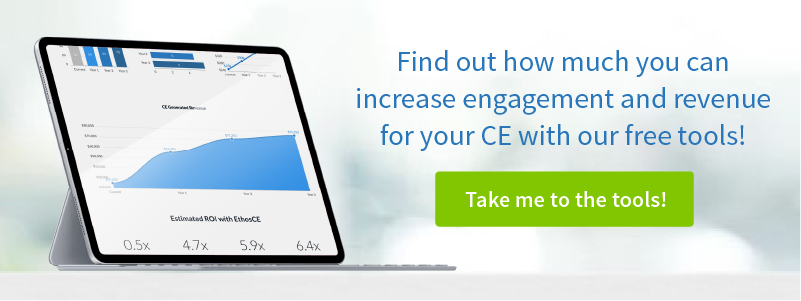5 Reasons Why Twitter Is Relevant To Healthcare
Twitter.com, the widely-popular, free Web 2.0 platform that delivers short, real-time text messages to your social network of friends and colleagues, is slowly gaining traction in the healthcare market. Consistent with my fifteen years of experience as both a healthcare professional, technologist and social media expert, consumer and patient advocacy groups are leading the way in experimenting with Twitter and other social media tools when compared to the medical professional education organizations (e.g., associations, pharmaceutical and medical device companies, medical education companies, academia).
Over the past few months, I have conducted my own personal experiment to evaluate the benefits and limitations of Twitter as a social media tool to advance my professional development. Similarly, I have also reached out to my friends and colleagues, who are leaders in patient advocacy and continuing medical education, to gauge their current use, knowledge and/or future interest in leveraging Twitter as part of their organization’s Web, marketing, and social media strategy. I will create a summary of those discussions in a separate post, but I have heard everything from:
- “Huhh?”
- “I can barely wrap my head around our Website.”
- “It is noise.”
- “I tried it for a week and don’t get it.”
- “Yes. We have tried a number of different pilots and are finally getting some pull-through.”
- “I am addicted.”
I do not believe the wide spectrum of responses are uncommon and I continue to work with my friends and colleagues on developing a different understanding and appreciation of social media within their healthcare enterprise:)
So here are the five reasons why I believe Twitter is relevant to healthcare:
- Professional Networking: Hands-down, I have found the professional networking capabilities of Twitter to be the most valuable benefit. When I first setup my account, I immediately “followed” people I knew from my favorite blogs and podcasts (aka “Twitter Celebrities”). However, I was quickly disappointed by this approach. Many of these high-profile Twitterers offered little in the way of the golden nuggets of information and commentary I was looking for. Instead, I received rambling posts like: “My baby just threw macaroni at me!” or “Starbucks has the best coffee”. Who cares? Not me (personal preference). So I refined my Twitter approach, “unfollowed” many of those celebrities, and began to follow some of the people who were replying interesting posts to those celebrities or I had found through Twitter Search. Twitter.com has powerful built-in search and connection features that enables you to see other people’s interests, read their posts, and easily follow them with a click of a button. Today, I have developed a wonderful network of people who provide a wealth of information related to my professional interests (e.g., continuing medical education, pharmaceutical marketing, patient advocacy, social media, Web 2.0). In the absence of Twitter, it would have been very difficult to rapidly find and network with such interesting group of people outside of my normal professional circles.
- Research: Twitter has become my real-time “stock ticker” of healthcare and technology news, commentary, and events. Not a day goes by that I do not receive a number of interesting posts on new CME programs, different applications of Web technologies to health education, and new research on how medical professionals and patients are engaging social media. For example, I recently received a post that the Pew Internet & American Life Project had just released a new study, “The Social Life of Health Information” authored by Susannah Fox. I am, like many of us, a huge fan of Susannah’s research. I was immediately able to follow the post’s link, download the research report, and also follow and communicate with Susannah about her work. The whole process took about 5 minutes (longer to read the research paper:), I am better informed about e-patients, and I am able to speak in real-time with the author about her findings.
- Marketing and Visibility: Twitter offers the potential to reach millions of people. Within healthcare, I believe Twitter presents tremendous viral marketing opportunities for the dissemination of new and innovative health research and initiatives. I have seen a number of organizations, such as the Cleveland Clinic, the Lance Armstrong Foundation, and the Centers for Disease Control, begin to leverage Twitter as part of their social marketing strategy to promote new health initiatives, announce new CME programs, and create a personal relationship with the public. The posts are sent out to their thousands of followers who then “retweet” the posts to their followers, and so on. Pretty soon, they have exponentially reached thousands of people by taking 15 seconds to type a short post with a link. Personal example: When we launched the new version of The Wellness Community Online, an innovative Website that provides free, real-time support to cancer survivors, I tweeted out an announcement to my network. My followers then retweeted my post to their followers. In addition, I asked Doug Ulman, CEO of the Lance Armstrong Foundation and who has 327,000 followers, to retweet my post. He did and we saw a substantial increase in traffic to the site, which will hopefully assist people with cancer in coping with their illness. Cost: Nothing. Impact: Huge. Powerful stuff!!!
- Professional Development: In addition to the wealth of educational opportunities (e.g., conferences, seminars) I have found through Twitter, I have also been very impressed by how healthcare professionals are able to put together impromptu gatherings at local restaurants or universities to discuss healthcare education and technology. In March, I found Twitter posts about putting together an “un-conference” called HealthCamp Philadelphia. The event’s objectives, agenda, and logistics were largely coordinated through Twitter and a free WordPress blog. No expensive in-person planning meetings or printed marketing materials were required. The result was a wonderful, low-cost conference on the role of social media and Web 2.0 technologies, which was attended by healthcare professionals and technologists alike.
- It is One More Tool in our Social Media Arsenal: Twitter is not THE answer to social media. It is, however, a powerful addition to any healthcare organization’s social media strategy. When used appropriately, Twitter can exponentially raise awareness about research, case studies, new initiatives, and news. Personally, I can say that by spending a couple of minutes a day, I have gained a tremendous amount of knowledge and developed a wealth of new connections with some people doing some amazing work in healthcare technology. Try it, experiment with it, and revise your usage strategy until you find one that best suits your needs.
I am sure that we all could come up with an endless list of how Twitter and other social media technologies can and are benefiting healthcare and our professional development. I am hopeful that the healthcare community will be more willing to “test the waters” with Twitter as part of their social media strategy. On a technical note, I rarely use the Twitter.com Website for my tweets. Instead, I use two free applications: TweetDeck on my desktop and Twitterrific on my iPhone.
 We're now part of the Cadmium product suite! Learn more
We're now part of the Cadmium product suite! Learn more 

